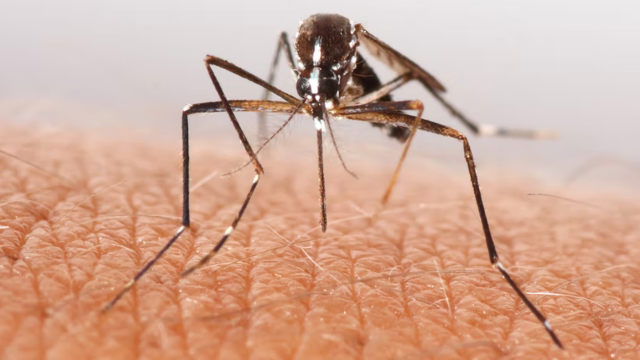Melbournians are on high alert for a mysterious flesh-eating ulcer that’s on the loose.
The offender, the Buruli ulcer, has been reported in parts of Victoria, with several new cases identified in Pascoe Vale South and Strathmore in the city’s north. The problem is, even if you are infected, symptoms can take months to present and often appear to be benign at first.
The Buruli ulcer isn’t new, however. Let’s start at the top.
What is a Buruli ulcer?
Buruli (also known as Bairnsdale) ulcer is a skin disease caused by the bacterium Mycobacterium ulcerans. The toxins made by the bacteria destroy skin cells, small blood vessels and the fat under the skin, which leads to ulceration and skin loss.
Where is this bacteria from?
These bacteria are found naturally in the environment – according to Better Health Vic, they have been detected in the likes of mosquitoes, vegetation and some possum poo. Vic Health says native Australian possums can be victims of Buruli ulcer, too.
How do humans end up with a flesh-eating ulcer?
We don’t know. However, there’s growing evidence pointing the blame at mosquitoes. It’s not thought to be transmitted from person to person so smooching your affected partner shouldn’t pass the ulcer on.
The number of cases in Victoria varies widely from year to year, but numbers have been increasing to between 200-340 cases per year since 2017. Currently, there’s 39 cases in the state.
The good news is Victoria’s Deputy Chief Health Officer Deborah Friedman has confirmed with the Age that your risk of getting the Buruli ulcer is still considered to be “low”.
How do I know if I have a Buruli ulcer?
The first sign to look out for with the Buruli ulcer is a painless lump that resembles an insect bite that may – or may not – be itchy.
Buruli ulcer first begins as a small, painless bump on the skin that many mistake as an insect bite. After a few months, the bump turns into something gnarly, bursting the skin and oozing with pus.
How to treat Buruli ulcers?
Treating it is a bit of a task. An eight-week course of antibiotics is usually required and if the ulcer has grown big enough, you’ll need surgery to remove the dead flesh around the ulcer and skin grafts might be necessary.
As untreated ulcers tend to get bigger with time, early diagnosis and prompt treatment can minimise skin loss.
If you have a suspicious bump that’s refusing to go away, is slowly getting bigger and you’ve been through the affected areas in the last few months, visit a doctor immediately.
Here’s a pic from Peninsula Health, just make sure you’re not eating.
This article has been updated since it was first published.
